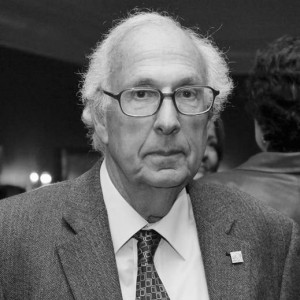 Ken Kellermann
Ken Kellermann
National Radio Astronomy Observatory
Charlottsville, VA
“Serendipitous Discoveries in Radio Astronomy”
Abstract
As the first astronomical observations outside the traditional optical window, the introduction of radio astronomy starting in the 1930s opened up a rich new window on the Universe which has changed the course of modern astronomy. Starting in the 1930s, over a period of half of a century, radio astronomers discovered non thermal cosmic radiation, solar radio bursts, quasars, pulsars, the cosmic microwave background, giant molecular clouds, cosmic masers, superluminal motion, radio recombination lines, the Venus Greenhouse effect, violent electrical storms on Jupiter and its radiation belts, and the first extra-solar planets. Along the way, radio and radar techniques, were used to reveal the rotation of Mercury and Venus, to locate the obscured center of our Galaxy, map out the structure of the Milky Way and other galaxies, and to make the most precise tests of GR light bending. We will discuss the circumstances surrounding these transformational discoveries made by a new generation of young scientists, using a variety of innovative new techniques and the lessons learned about the role of perseverance, luck, and having the right person, in the right place at the right time doing the right things.